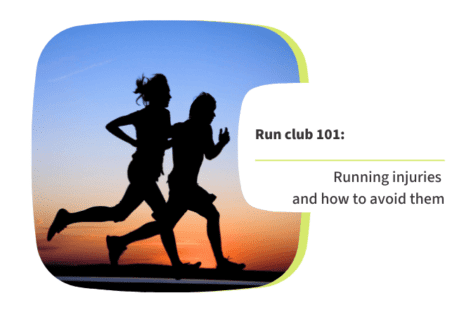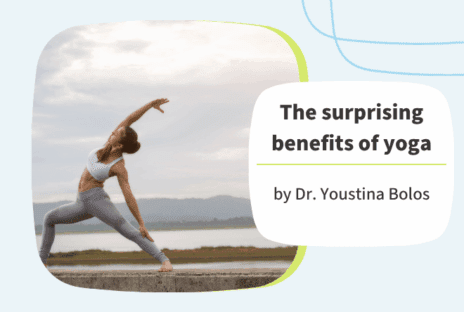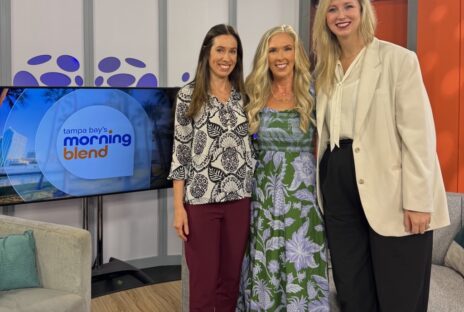Injuries in golf and how to avoid them
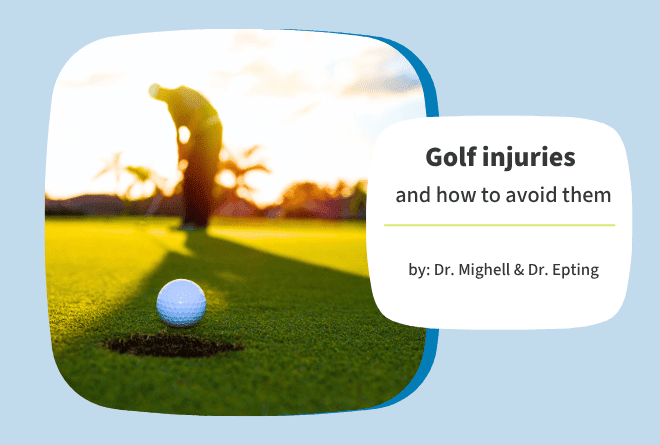
National Golf Month is upon us as the last Professional Major Tournament has just completed. Enjoying this challenging game can be fraught with mental and physical challenges. Golf can put extra stress on one’s body due to its repetitive nature, especially if the mechanics of the swing are poor. Let’s leave the swing mechanics to the professional instructors and focus on the physical challenges of ways to avoid and deal with injuries.
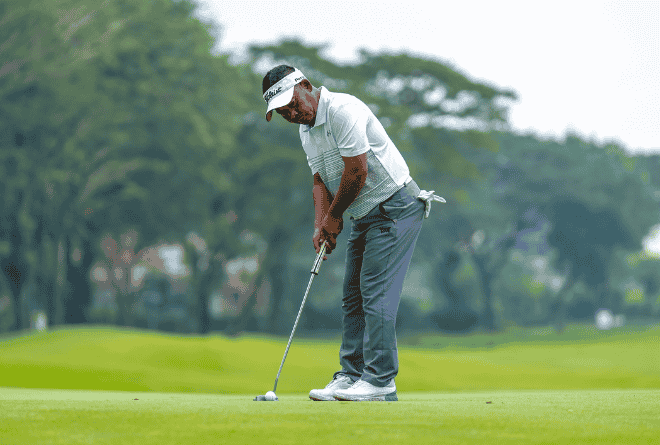
Golf injuries
Golf is often seen as a relaxing pastime, but many are surprised to learn how frequently players experience injuries on the course. While golf doesn’t involve high-contact play, repetitive swinging motions and unexpected obstacles can take a serious toll on your body, especially your upper limbs. Common injuries seen among golfers include Golfer’s Elbow, shoulder arthritis, and rotator cuff tears. These conditions can result from repeated stress at the elbow and shoulder, and can be worsened by hitting hard surfaces like turf, tree roots, or other hidden obstructions, which can transfer a jarring impact through the club and into your arm. In this blog, we’ll explore these injuries in detail and share practical tips to help you play your best game while keeping pain and injury at bay.
Golfer’s Elbow
As an orthopedic surgeon specializing in sports injuries, I often encounter golfers who suffer from golfer’s elbow, or medial epicondylitis. This condition is characterized by pain and inflammation on the inner side of the elbow and is primarily caused by repetitive wrist flexion and elbow motions common in golf. Treatment typically starts with rest and ice to reduce inflammation, followed by physical therapy focusing on stretching and strengthening exercises. In more severe cases, corticosteroid injections may be recommended to provide relief. If conservative measures fail to alleviate symptoms, surgical options to repair the tendons can be considered.
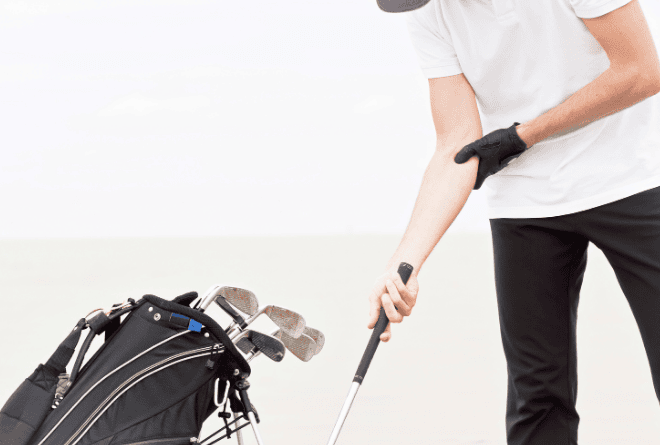
Shoulder arthritis
Shoulder arthritis is another common issue affecting golfers, often resulting from wear and tear over time. This condition can lead to stiffness, pain, and reduced range of motion during your swing. Initially, we focus on non-surgical treatments, including anti-inflammatory medications, activity modifications, and physical therapy designed to improve flexibility and strength. If these conservative methods don’t provide sufficient relief, we may discuss more invasive treatments such as arthroscopy to remove bone spurs or, in advanced cases, shoulder replacement surgery to help restore function and relieve pain.
Rotator cuff tears
Rotator cuff tears are a serious concern for golfers, as they can significantly impact swing performance and overall shoulder stability. These tears usually occur due to repetitive overhead motions, trauma, or degeneration. Treatment may begin with rest and physical therapy aimed at strengthening the surrounding muscles and increasing flexibility. If the tear is severe or fails to improve with non-surgical interventions, surgical repair may be necessary to restore function and relieve pain. Our goal is to ensure that you can return to the game you love while maintaining shoulder health for the long term.
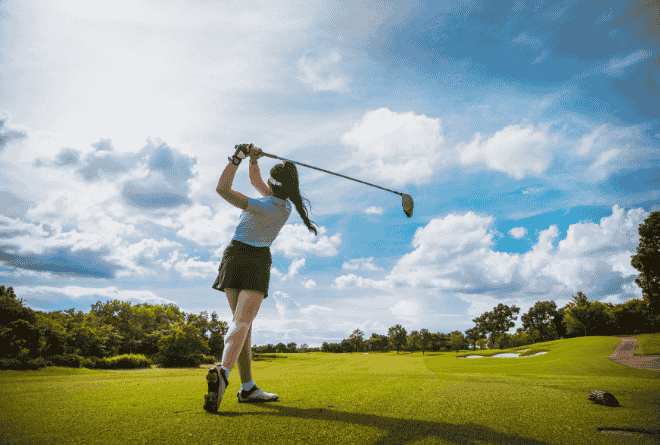
Prevention
A proper gym exercise program to focus on core strength and flexibility in the thoracic and lumbar spine, as well as the hips and hamstrings, will set you up for success. Proper warm-up prior to practice and play can begin with light aerobic exercise and/or static stretching to dynamic stretching. Equipment can also play a role in injury prevention, from appropriate size grips to shaft weight and stiffness.
Endurance exercises, low weight, higher repetition, will also condition those elbow and shoulder muscles for your swing. Similar endurance exercise for medial and lateral (inner and outer) ankle strength can help with the prevention of sprains, as well as tendon strain with repetitive swings. Lastly, lower leg stability can be enhanced with proper shoe wear and traction. This can provide better footing for weight transfer, as well as stability, helping to avoid knee and ankle injury. A combination of home exercise, warm up before practice/play, proper equipment, and technique will lead to a longer and more enjoyable golf experience.
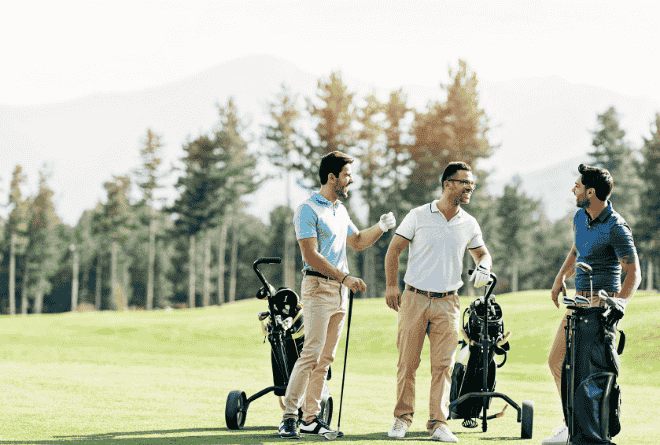
In conclusion, while golf is often celebrated for its relaxing pace and scenic courses, it’s clear that the game can present significant physical challenges if the right precautions aren’t taken. By understanding common injuries like Golfer’s Elbow, shoulder arthritis, and rotator cuff tears, and taking steps to prevent them, you can safeguard your health and continue enjoying the sport you love. Focusing on proper warm-ups, targeted strength and flexibility training, the right equipment, and good technique will go a long way toward keeping you on the course and out of the doctor’s office. As we celebrate National Golf Month, take the opportunity to invest in your physical well-being—so you can play longer, perform better, and make the most of every round in Florida’s beautiful weather.
Get convenient, comprehensive care
Whether you have swimmers shoulder or back pain from swimming, the care team at Florida Orthopaedic Institute includes specialists in every aspect of orthopedics. If you’re having discomfort, let us create a customized treatment plan to help you—safely—get back into action and keep active.
Don’t wait to schedule an evaluation with a specialist at one of our many convenient locations in Central Florida. Call us or request an appointment today.
By: Dr. Mark A. Mighell & Dr. Timothy C. Epting
You might also like:
- When are ACL injury symptoms serious enough to see a physician?
- 7 running safety tips for running safety month
- 7 tips to help avoid injuries while hiking
About Florida Orthopaedic Institute
Founded in 1989, Florida Orthopaedic Institute is Florida’s largest physician-led orthopedic group. It provides expertise and treatment of orthopedic-related injuries and conditions, including adult reconstruction and arthritis, foot and ankle, general orthopedics, hand and wrist, orthopedic trauma, shoulder and elbow, spine, interventional pain management, sports medicine, podiatry, physical medicine and rehabilitation, chiropractic services, and physical and occupational therapy, among others. The organization treats patients throughout its surgery centers in North Tampa, South Tampa, and Citrus Park, at several orthopaedic Urgent Care centers and at office locations in Bloomingdale, Brandon, Citrus Park, Gainesville, Lakeland, Northdale, North Tampa, Ocala, Palm Harbor, Riverview, South Tampa, Sun City Center and Wesley Chapel.
August 1, 2025
